Growing up in the country in eastern Montana, my Mom’s last three words to us as we left the house in the morning were “watch for snakes.” After long spring days outside, her first three words to us when we cam in were “check for ticks.” When one escaped our search, and buried its head deep, sucking our blood, Mom would use the a hot match to pull it out.
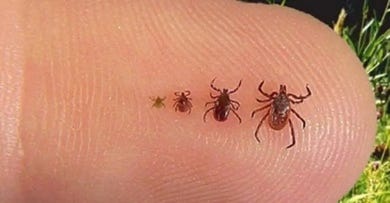
Rocky Mountain spotted fever wasn’t a curse from witches in children’s stories. It was real. And it was present in curiously high rates in Montana.
In the early 1900s scientists came to the Bitterroot valley to figure out what caused Rocky Mountain Spotted Fever (black measles) and why it was sickening and killing so many people in the valley (4 of 5 adults died after infection).
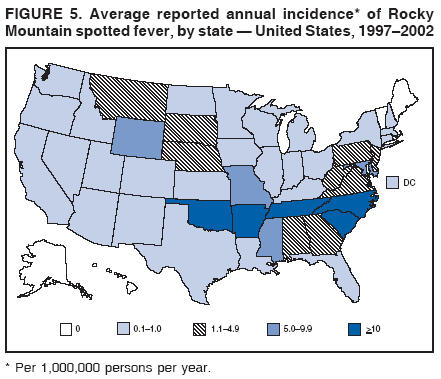
Working out of makeshift tents in 1906, Dr. Howard Ricketts discovered that a bacterium transmitted through the bite of ticks was causing the fever. However, due to uncertainty in funding, Dr. Ricketts discontinued his research in 1910 to take on typhus studies in Mexico where he contracted the disease and died.
A number of state and federally funded scientists continued the studies. The first effective vaccine was developed in 1924 by Drs. Roscoe Spencer and Ralph Parker.
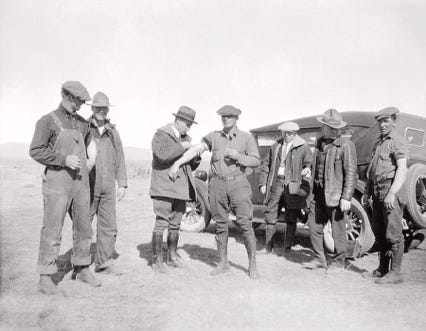
The work was dangerous: 5 scientists died of the disease during the 1920’s. Yet they persisted.
Rocky Mountain Lab (RML) was the result. The first of the current RML buildings was built in 1927 with funding by the U.S. Public Health Service despite protests from the community based on fear of infections, distrust of the government scientists and fear of property devaluations (similar protests occurred in 2003 when plans to build a biosafety level 4 lab at RML were announced).
During World War II, RML produced vaccines to protect soldiers against spotted fever, typhus, and yellow fever. RML was incorporated into the National Institute of Health after the war.
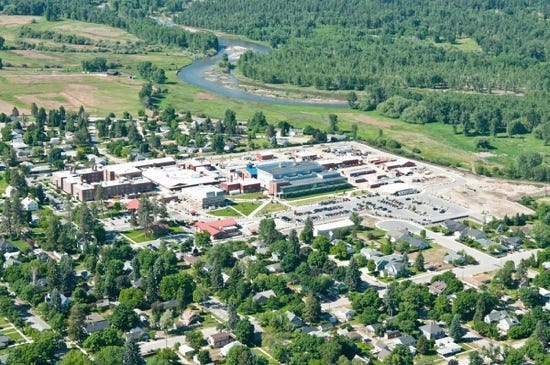
Rocky Mountain Labs is a state-of-the-art biomedical research facility, part of the National Institutes of Health (NIH) nestled in the heart of the Bitterroot valley in Hamilton, Montana. It’s contributions to Montana and to the U.S. are enormous.
One example:
NIH investigators at Rocky Mountain Labs were studying the biology of prion diseases, one of which famously caused an outbreak of “Mad Cow Disease” in humans, and which is spreading in the form of chronic wasting disease in deer and elk populations in the U.S. The scientists developed a unique diagnostic test and realized that a similar test could be devised to diagnose Parkinson’s disease, for which there was no simple and definitive diagnostic. The result was a highly accurate and quick assay for Parkinson’s that could differentiate it from other neurological disorders.
The Parkinson’s test is now being used on a world-wide basis for research purposes and is being commercially developed for FDA approval.
This is just one example of how basic research at RML has broad-reaching implications for human health, not just for infectious diseases, but also for chronic diseases. NIH-funded research was involved in every new drug approved by the FDA from 2010 to 2016.
Current research at RML focuses on dangerous infectious diseases such as bird flu, antibiotic-resistant bacteria, Ebola virus, other hemorrhagic fever viruses, coronaviruses (like COVID-19), prion diseases (like mad cow disease and chronic wasting disease), Lyme disease, and others.
In addition to making the U.S. safer and healthier, RML is a major driver of the Bitterroot economy. For every person employed at the lab, there are two full time jobs outside the lab accounting for $89.2 million per year in after-tax, expendable salaries. Montana business and non-business entities receive $231.8 million in additional yearly income from the presence of RML. For every dollar invested in the NIH, an average of $2.46 in economic activity is generated.
The next generations of scientists are taught and trained at RML, beginning with middle schoolers in the valley who benefit from BRASS (the volunteer outreach program taught by numerous RML scientists), to college students who train at RML during summer internships, college graduates doing 2 year fellowships, Ph.D. students from universities including Montana’s, and post-doctoral fellows training to do independent research or work in health care industries. Bitterroot valley students have gone on to become teachers, physicians, veterinarians, and scientists.
RML scientists also spawn new industry. For example, the GlaxoSmithKline pharmaceutical production facility outside Hamilton owes its existence to Dr. Edgar Ribi, formerly Acting Chief at RML. InImmune Inc. is another biomedical offshoot of that research, now based in Missoula. The new biomedical company, Big Sur Bio, was spawned in part by RML discoveries. The federal workers and contractors at RML add economic, educational, health, and cultural value to the Bitterroot valley community that is not possible to replace.
Ravalli County, MT
- Population: 45,807 – 47,738
- Total federal employment: 545
- % of employment that is federal: 2.2%
- Federal earnings: $70,657,875
- % of total earnings in Ravalli from federal employment: 6.6%
Rocky Mountain Lab
- DIRECT: 536 employees and contractors
- INDIRECT: 962 jobs in the broader economy through operational spending and the spending of earnings by employees. This spending supports employment growth with no direct connection to the facility itself.
- RML jobs: $89.2 million in wages and salaries.
Today, NIH employees are increasingly and repeatedly being placed on unpaid leave that they did not request, they do not want, and that harms their research and the economy of Montana. This is going on for multiple weeks at a time with the goal of financially crippling RML and demoralizing the employees to the point of resignation.
Rocky Mountain Labs is being hit hard by Elon Musk’s reckless cuts. Because RML employees are under a gag order, and the numbers are being hidden by the administration, it is difficult to ascertain firm numbers of staff already lost from RML. The number is more than a dozen.
In addition to terminating employees with no regard to their value or performance records, Elon has mounted a systematic campaign to demoralize, denigrate, and financially strap the scientists at NIH. Scientific budgets have been cut to 1% of normal, researchers are running out of supplies and reagents to continue ongoing experiments, purchasing agents have been paralyzed with bureaucratic roadblocks, communications with collaborators have been stymied, training programs have been halted, and everyone is stressed about their jobs and the future of their work. Some of the most highly trained bench scientists are being repeatedly placed on unpaid leave.
RFK Jr. announced there will be another 10,000 staff fired from national health agencies.
Removing these impossible-to-replace workers makes us less safe as a country, and undermines our economy here in Montana.
Watch for ticks.
All together.
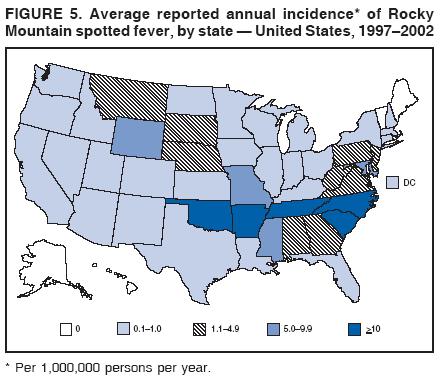
Leave a Reply